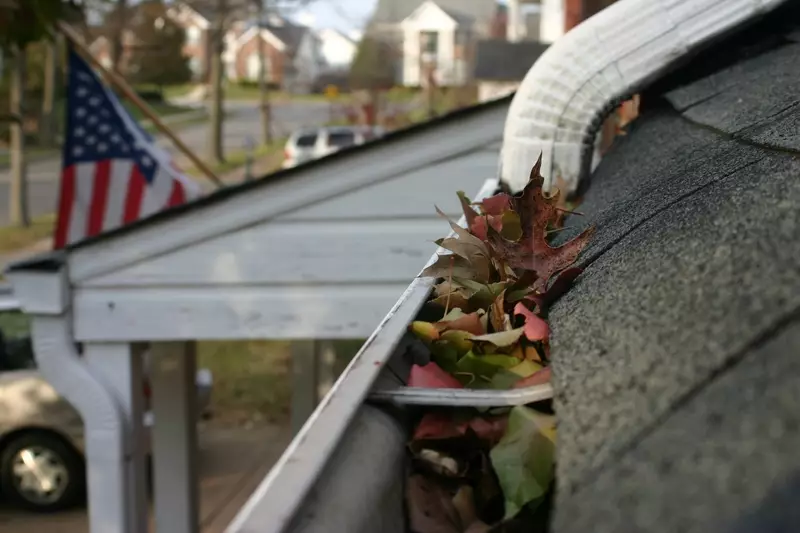Winter weather can really take a toll on both the outside and inside of your home. Before the temperature drops and the snow falls, follow the below recommendations to help shelter your home from the elements.
For the outside of your home:
Clean your gutters. The perfect time to do this is late autumn after the leaves fall. Removing leaves and debris from your gutters will ensure a free flow of the rain and melting snow. You might also want to consider installing gutter guards to ensure your gutters stay free from blockages.
Take precautions to prevent ice dams. Ice dams occur when the snow on your roof starts to melt but refreezes near the edge of the roof. Once this happens, additional melting snow and ice has nowhere to go, causing a build-up of snow and water. As this build-up sits, it’s likely to cause leaks, leading to damage to your roof, ceiling and walls. To prevent this from happening, try to maintain an attic temperature that is close to the temperature outside (no more than 5 to 10 degrees warmer) by sealing any holes or gaps in the fixtures or woodwork leading into the attic. The goal is to prevent the warm air in the house from warming your attic also.
Trim low hanging and broken branches from trees. This will prevent the branches from breaking and damaging your roof once the snow and ice start to build up. This will also prevent them from entering your gutters, causing a blockage.
Keep watch on your roof, especially if you have a flat roof. With snow and ice build-up, you won’t only be dealing with possible leaks, but also possible structural damage. Be sure to have a roof rake handy to periodically clear your roof off. If you are physically unable to do so yourself, hire someone to take care of it for you.
For the inside of your home:
Add insulation to attics and basements. Adding the insulation to your attic will help to prevent ice dams as mentioned above. Also be sure to add insulation to your basement to help prevent the warm air from escaping. As warm air escapes and the colder air comes in, you are opening yourself up to the possibility of having your pipes freeze.
Protect and continuously check your pipes. As mentioned above, insulating your basement and attic will help to protect your pipes from freezing, but you can also insulate the pipes themselves with insulation or plug-in heating cables. If you find even the slightest crack in any of your pipes, be sure to have it repaired immediately so as not cause further damage.
Invest in a generator. In the event of a power failure, a generator will not only help to keep your house and your pipes warm, but will also keep your sump-pump and fire alarms working.
Have your heating system serviced. This is something that should be done once a year to prevent fires and smoke damage. Be sure to include a cleaning of your chimney, boiler, furnace and wood/pellet stoves.
Check your smoke and carbon monoxide detectors. Though fires and carbon monoxide poisoning can happen at any time of year, the chance of problems increases dramatically in the colder weather. Be sure your detectors are in good working order, and if you have any doubts at all, be sure to install new ones.
Though the above should be done well in advance of the freezing temperatures and snow, it is never too late to get them done. Continuously check around your home and take preventative measures to avoid potentially expensive damage and physical injuries to your family.

